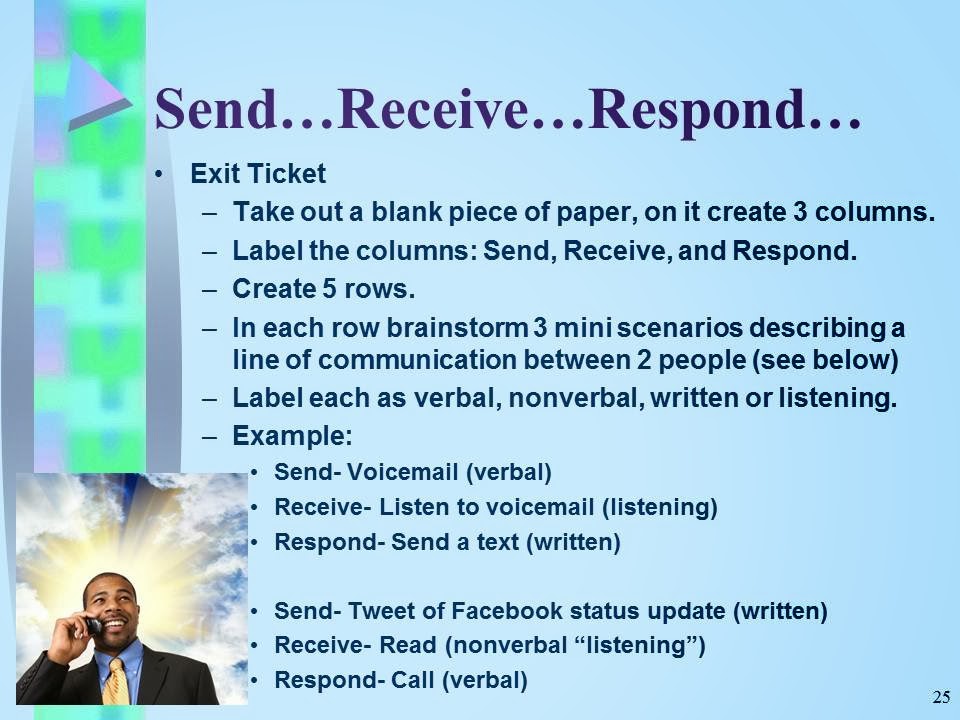It is critical that communication skills are developed overtime, beginning in elementary school and continuing well after college, however the middle school years offer a prime opportunity to focus on the development of this skill set.
Students (and adults) often take for granted concepts within communication that are widely accepted and somewhat obvious, for example we all know that there are different types of communication; verbal, nonverbal, written, and listening (receiving/interpretation). Student response- so what!? Well, there is also a very nuanced, and culturally specific, set of rules (etiquette) pertaining to each of these communication types. These rules also vary based on social economics, and age. Here is an example, I
teach communication, and yet I found myself frustrated when an otherwise very academic, and extremely polite young lady in my class refused to look me in the eye when I was speaking to her. It was only after a professional development, which focused on providing insight into our refugee student population and their cultural experiences, that I learned that in this young woman's culture it was disrespectful to look a teacher in the eye. For many reasons, she would not have had the ability and or comfort level necessary to explain this to me, so without the insight this PD provided I would have continued to be frustrated, and overtime this miscommunication would have certainly had an effect on our student/teacher relationship. I had to own the fact that I misinterpreted her nonverbal communication as a sign of disrespect when it was in fact just the opposite. Communicating my apology was challenging and humbling, but completely necessary, and I was able to apply this knowledge when differentiating my instruction. Personal and professional opportunities for growth present themselves often if we open ourselves up to receiving them.
I use the following series of activities to foster an heightened awareness of the "obvious" and to lay a foundation for a more in depth exploration of communication.































